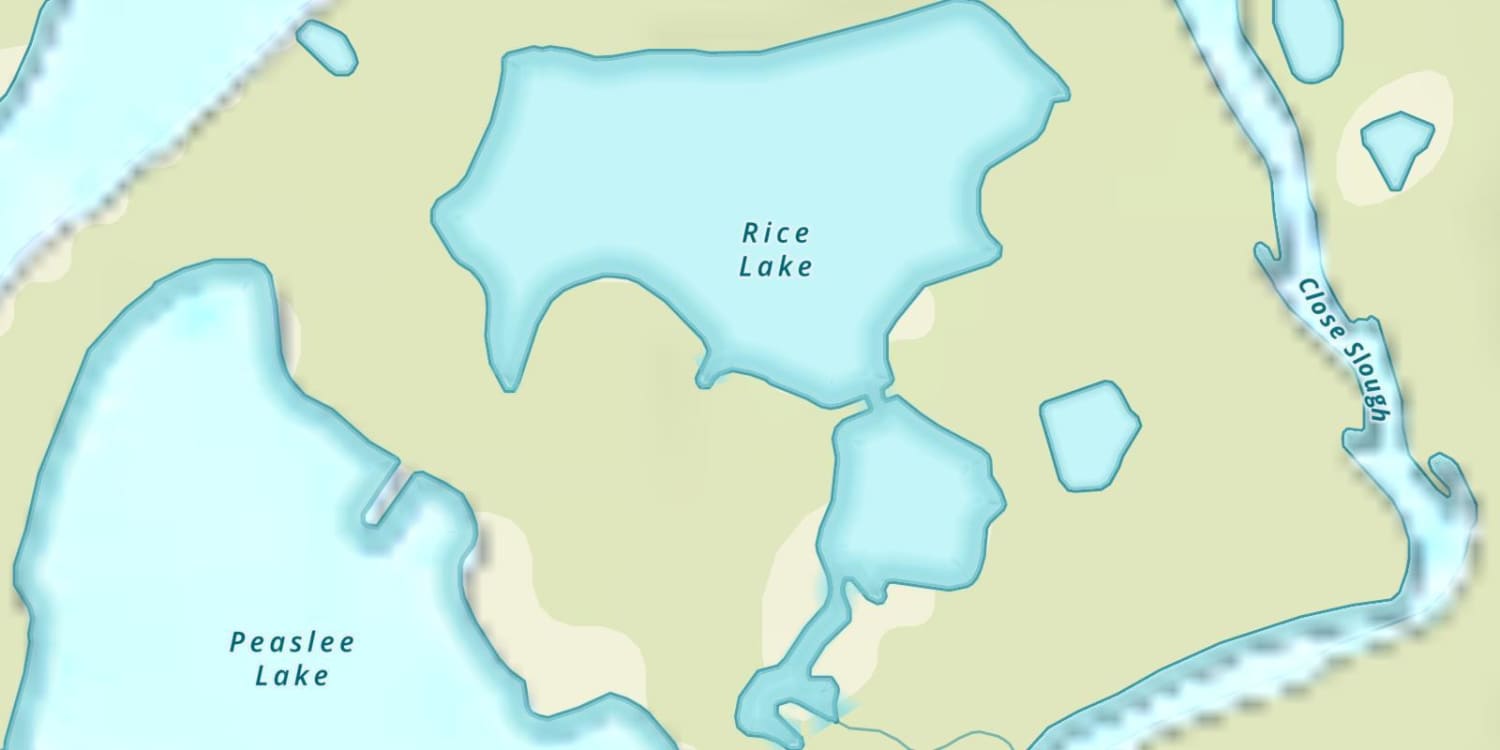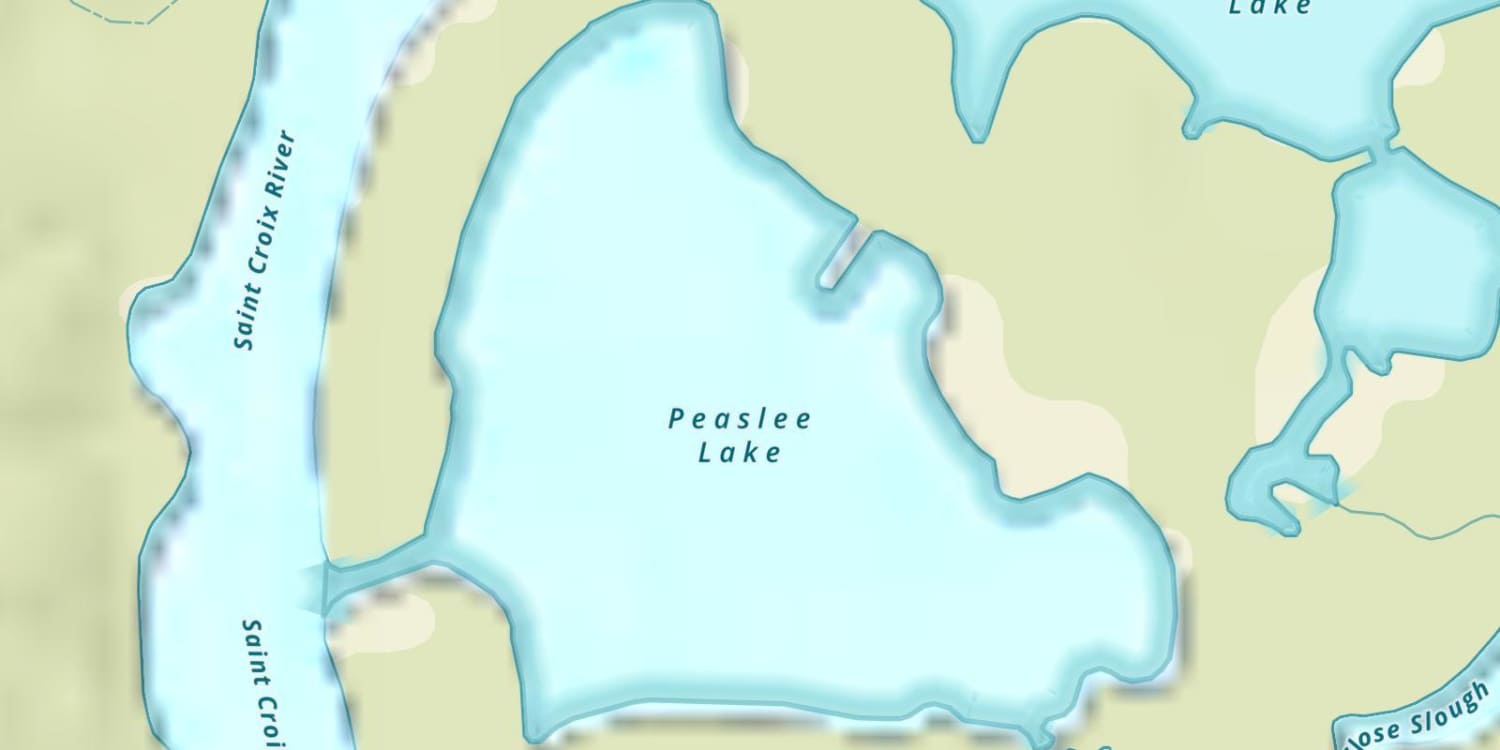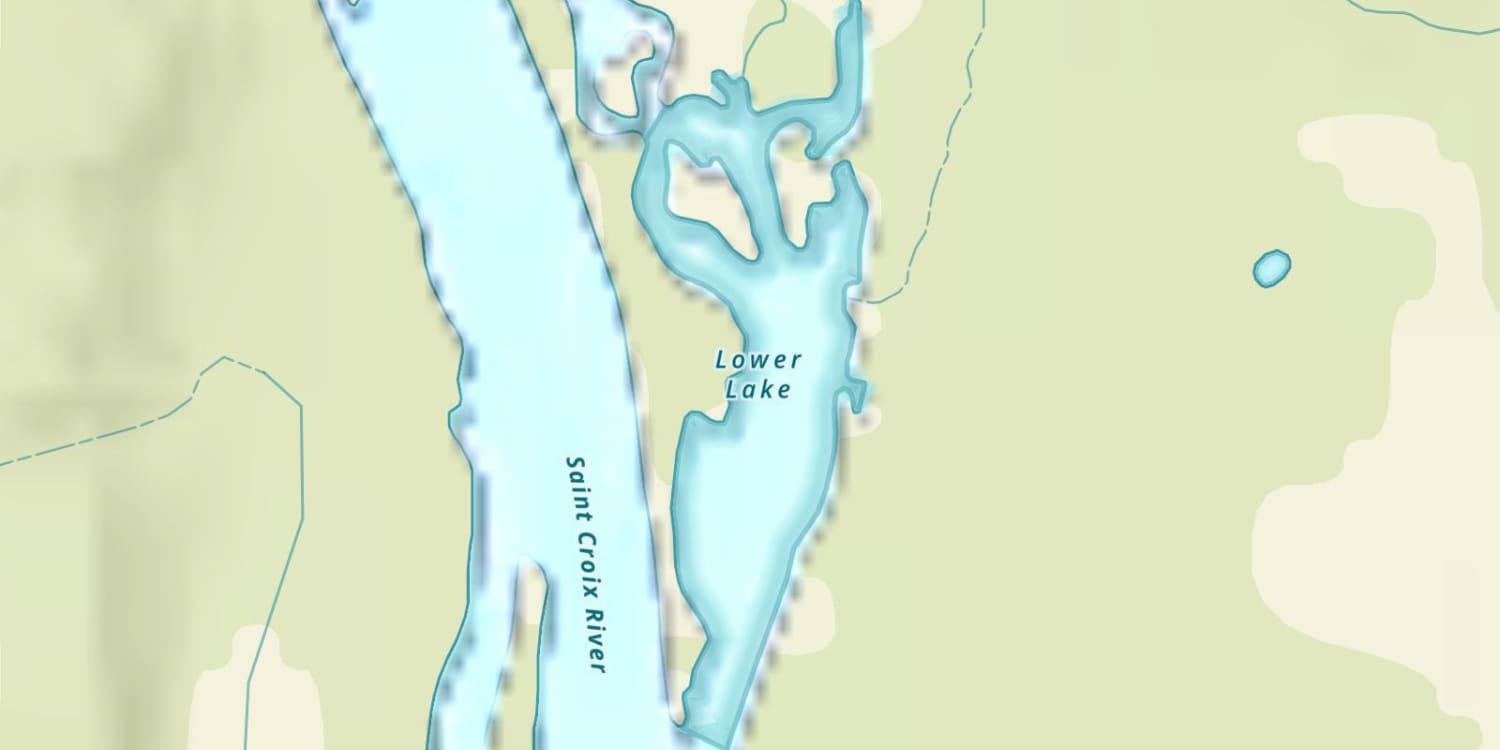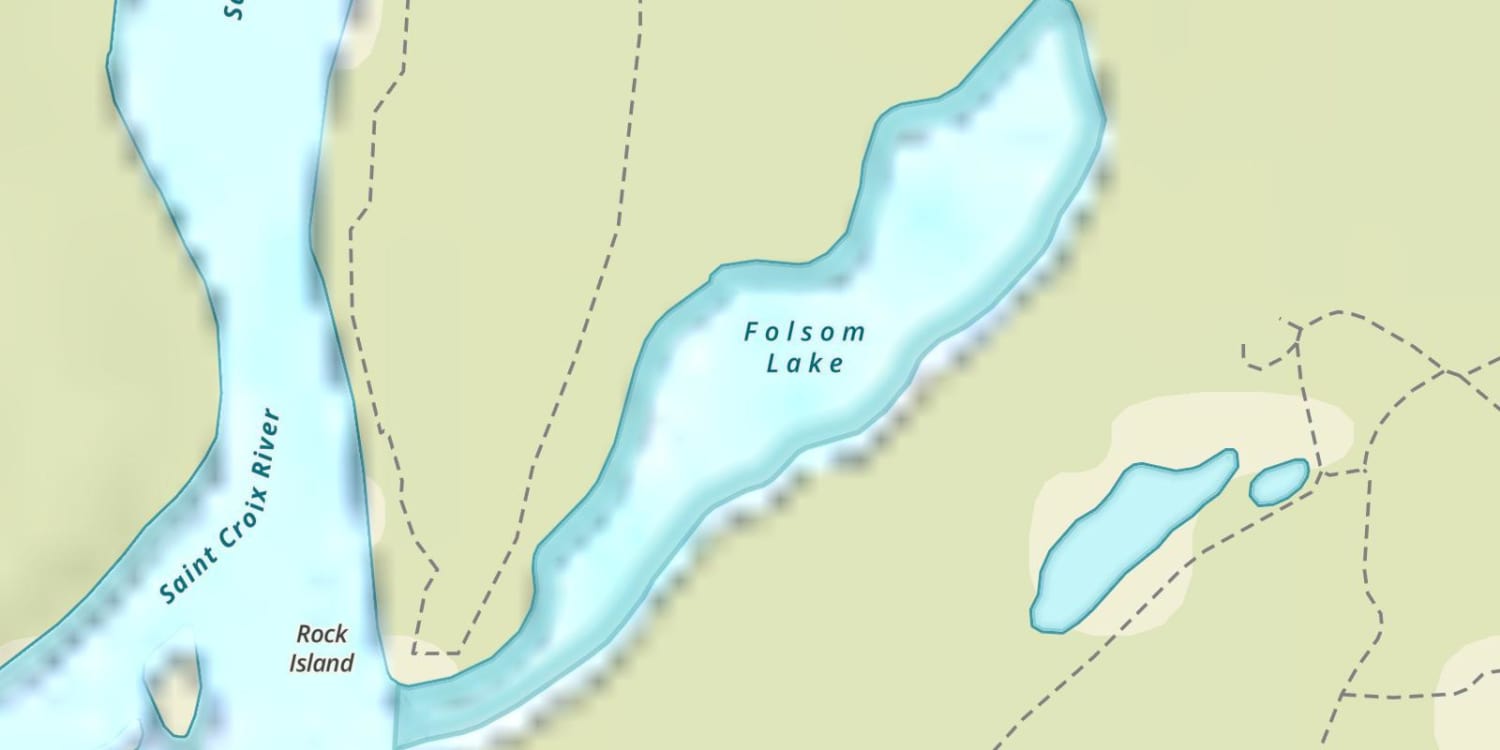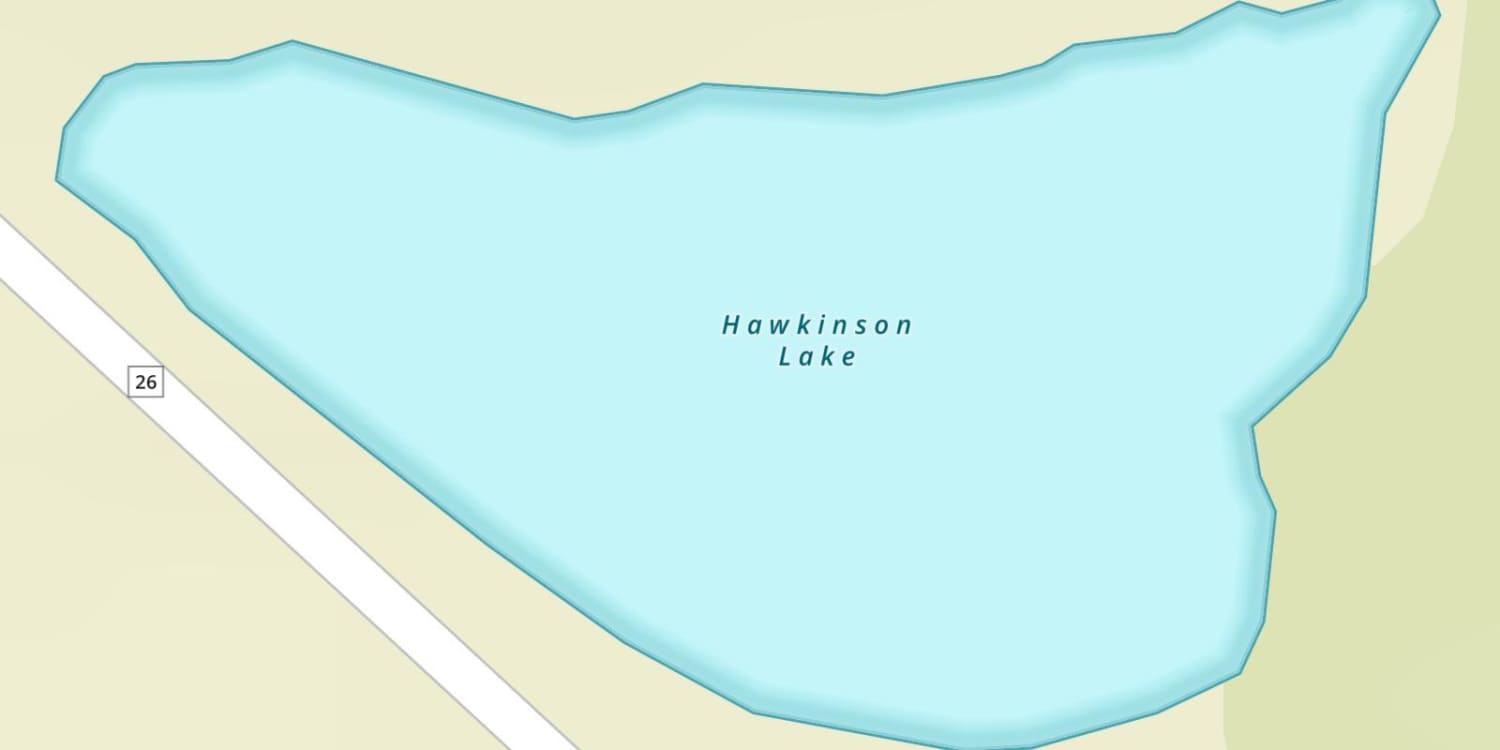Overview
The deep main channel, island and side channels offer top smallmouth action. Walleye, crappie, catfish and white bass are also around. Muskie are caught near the mouth of the Apple River. Underfished! 29 river miles.
Rice Lake Map
Fishing Regulations
Special Fishing regulations: This lake has special fishing regulations that differ from statewide or border water regulations for those species identified below and take precedence. Regulations listed below are currently in place. Visit the fishing regulations page for links to upcoming regulations for specific lakes.
Special Waterbody Regulations
- Catch and release fishing for largemouth and smallmouth bass is open year round unless otherwise noted. Motor Trolling is allowed with up to 3 hooks, baits, or lures, per angler.
Special Species Regulations
- Muskellunge and hybrids: May 24, 2025 to December 31, 2025: The minimum length limit is 40” and the daily bag limit is 1
- Urban waters gamefish: This waterbody is not considered an urban water, Urban Waters Gamefish regulations do not apply.
- Shortnose gar: See Rough Fish.
- Sauger and hybrids: See Walleye, Sauger, and Hybrids.
- Longnose gar: See Rough Fish.
- Northern pike: May 3, 2025 to March 1, 2026: No minimum length limit and the daily bag limit is 5
- Largemouth bass and smallmouth bass: May 3, 2025 to March 1, 2026: The minimum length limit is 14” and the daily bag limit is 5
- Largemouth bass: See Largemouth and Smallmouth Bass.
- Panfish: Open all year: No minimum length limit and the daily bag limit is 25
- Walleye, Saugers, and Hybrids: May 3, 2025 to March 1, 2026: The minimum length is 15”, but walleye, sauger, and hybrids from 20” to 24” may not be kept, and only 1 fish over 24” is allowed. The daily bag limit is 3
- Bullheads: Open all year: No minimum length limit and the daily bag limit is unlimited
- Catfish: Open all year: No minimum length limit and the daily bag limit is 10
- Cisco and whitefish: Open all year: No minimum length limit and the daily bag limit is 10
- Lake sturgeon: Closed. No fishing allowed.
- Smallmouth bass: See Largemouth and Smallmouth Bass.
- Paddlefish: Closed. No fishing allowed.
- Rock, Yellow, and White Bass: Open all year: No minimum length limit and the daily bag limit is unlimited
- Rough fish: Open all year: No minimum length limit and the daily bag limit is unlimited
- Round goby: Open all year: The daily bag limit is 0, one may be killed and possessed for transport to a WDNR Office
- Ruffe: Open all year: The daily bag limit is 0, one may be killed and possessed for transport to a WDNR Office
- Shovelnose sturgeon: Closed. No fishing allowed.
- Trout and salmon: See Trout regulations layer.
- White perch: Open all year: The daily bag limit is 0, one may be killed and possessed for transport to a WDNR Office
- Bluegill: See Panfish.
- Bowfin: See Rough Fish.
- Channel catfish: See Catfish.
- Crappies: See Panfish.
- Hybrid, Striped, Yellow, and White Bass: See Rock, Yellow and White Bass.
- Flathead catfish: See Catfish.
- Walleye: See Walleye, Sauger, and Hybrids.
Features
Forage
Seasonal Movements
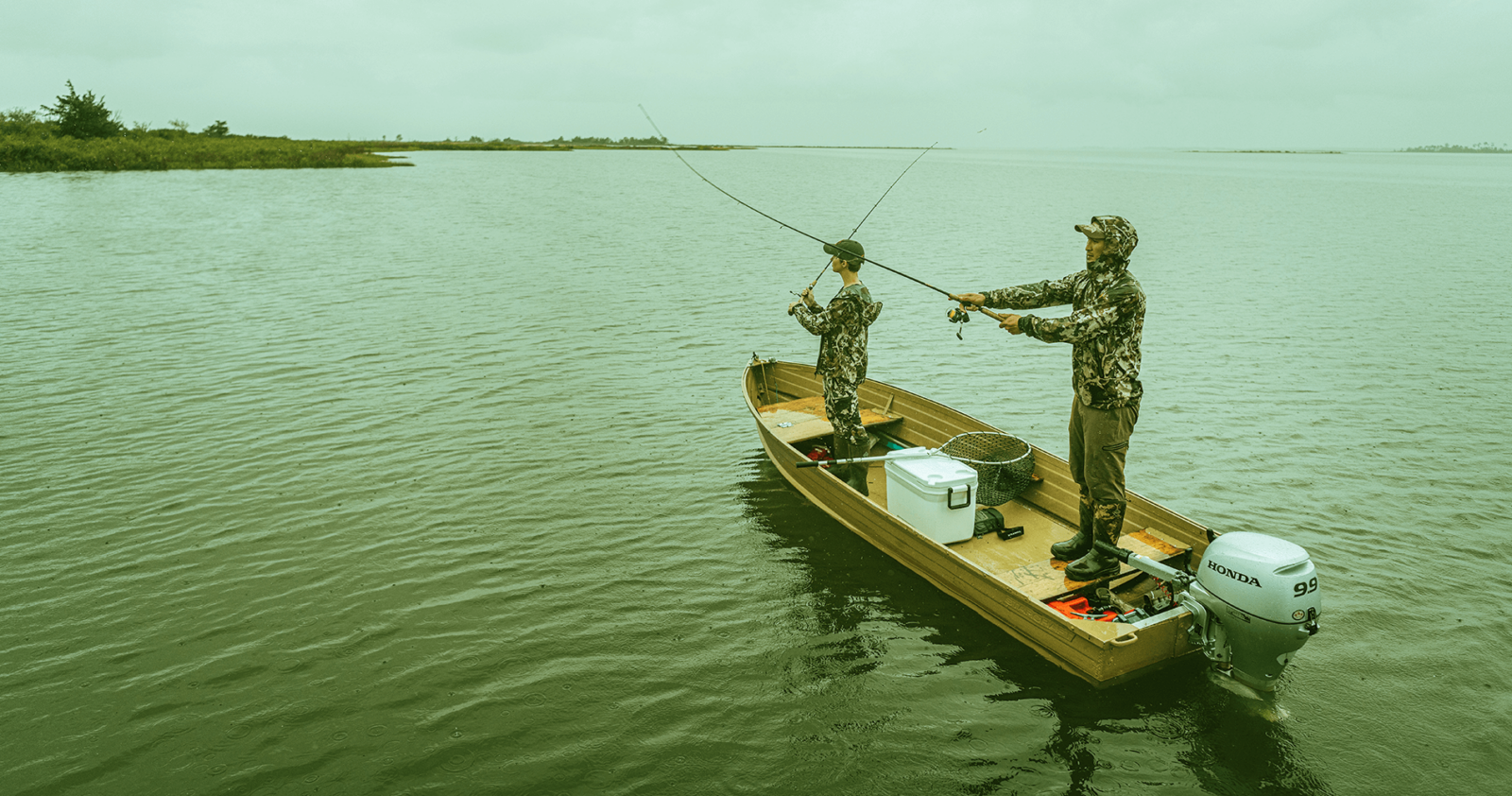

Get Your Line in the Right Water
Quickly find the best places to fish and plan your day right.
